Ep. 140-1 | Tea’s Ancient Beginnings
In this first episode, we'll explore tea's humble beginnings in the Ba 巴国 and Shu 蜀国 States in today's Sichuan province. We'll also look at the mythical story of the discovery of tea by the Divine Farmer, Shen Nong. We have a long way to go as far as tea's history is concerned. The teas we love and enjoy today, a few millennia ago in Shen Ning's time, also, still had a long way to go. Over the next twenty episodes, we'll look at the history of Chinese tea and as it transforms into a beverage that many of us couldn't do without.
Listen On Your Favorite Podcast Player
Terms in Episode
| Pinyin/Term | Chinese | English/Meaning |
|---|---|---|
| Yúnnán | 云南 | Province in Southwest China |
| Sìchuān | 四川 | Province in Western China |
| Táng Dynasty | 唐朝 | Imperial dynasty that ran 618-907 |
| Shāng Dynasty | 商朝 | Bronze Age dynasty that ran 1600-1046 BCE |
| Zhōu Dynasty | 周朝 | Dynasty that followed the Shang. Ran 1046-256 BCE |
| Western Hàn | 西汉 | The Han Dynasty ran from 202 BCE to 220 CE. The Western Han from 202 BCE to 9 CE. The Eastern Han, from 25 to 220 CE |
| Emperor Xuān | 汉宣帝 | Emperor Xuan of Han, reigned 74 to 48 BCE |
| Tóng Yuē | 僮约 | A Contract with a Servant |
| Chéngdū | 成都 | Capital of Sichuan Province |
| Wáng Bāo | 王褒 | The man charged with negotiating the “Tóng Yuē” |
| Wǔyáng | 武阳乡 | Small town not far from Chengdu where an ancient tea marker existed |
| Chá | 茶 | Tea (Camellia sinensis) |
| Jiǎ | 槚 | Another Chinese character for tea |
| Tú | 荼 | Another Chinese character for tea |
| Chuǎn | 荈 | Another Chinese character for tea |
| Shè | 蔎 | Another Chinese character for tea |
| Míng | 茗 | Another Chinese character for tea |
| Lù Yǔ | 陆羽 | Chinese tea master and literary figure during the Tang Dynasty. Lived 733-804 |
| Chá Jīng | 茶经 | The Classic of Tea |
| Wénrén | 文人 | A literary figure |
| Chá Shèng | 茶圣 | The Tea Saint |
| Shén Nóng | 神农 | Mythical Chinese ruler from pre-history. Known by many names. |
| Fúxī | 伏羲 | Another legendary figure from early pre-history |
| The Yellow Emperor | 黄帝 | One of the earliest cultural heroes of the Chinese people and a giant in Chinese mythology |
| Wǔgǔ Xiāndì | 五穀先帝 | The First Deity of the Five Grains. One of Shen Nong’s many names |
| Shén Nóng Běncǎo Jīng | 神农本草经 | The Shen Nong Materia Medica or Shen Nong Herbal |
| Chá Lín | 茶林 | Tea Hill, located in northwest Hunan |
| Zhāngjiājiè | 张家界 | City in Northwest Hunan where Zhangjiajie National Forest Park is located |
| Rù and Rén | 入 / 人 | Two Chinese characters that look very similar. Rù means to enter and Rén means person |
| Liáng Shíqiū | 梁实秋 | Also known as Liang Shih-chiu, renowned educator, writer, translator, literary theorist and lexicographer. |
| kǔcài | 苦菜 | Bitter vegetable |
| Later Han | 后汉 | Also called The Eastern Han. Ran from 25-220 CE |
| Shī Jīng | 诗经 | The Book of Songs, The Book of Odes, one of the Five Classics |
| Lǐ Jì | 礼记 | The Book of Rites |
| Fújiàn | 福建 | Coastal province in China. They grow a lot of tea there |
| Guǎngdōng | 广东 | China’s southernmost province (not including Hainan Island) |
| Xiàmén | 厦门 | Major port city in Fujian. Also known as Amoy |
| Fúzhōu | 福州 | Capital of Fujian |
| Quánzhōu | 泉州 | Port city in southern Fujian |
| Shuōwén Jiězì | 说文解字 | An ancient dictionary compiled during the Han Dynasty |
| Āndì | 汉安帝 | Emperor An of Han, reigned 106 to 125 |







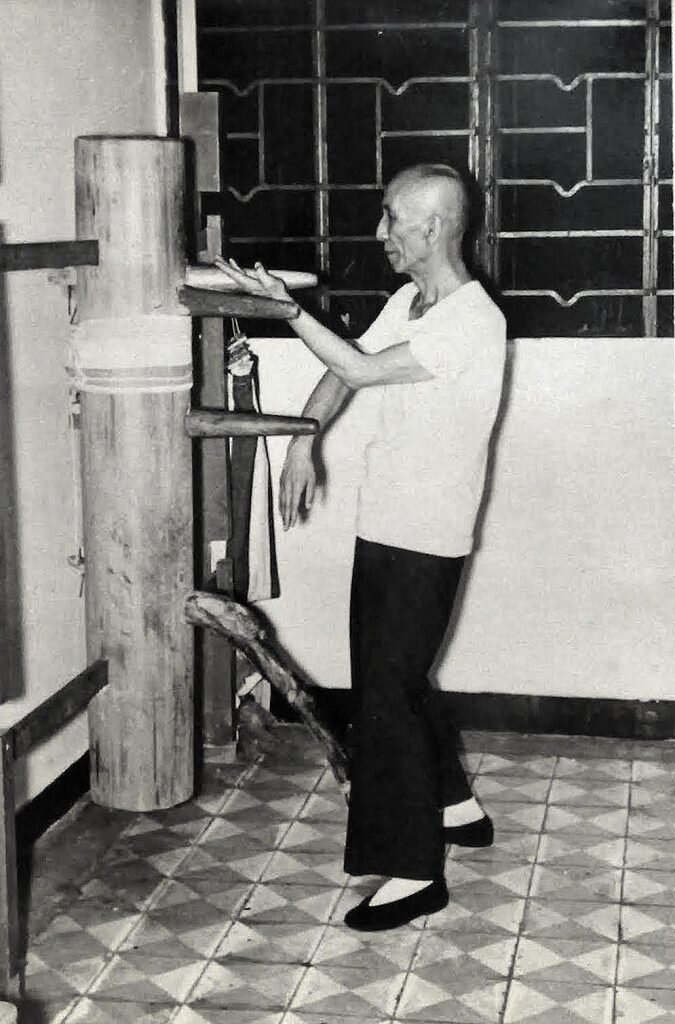
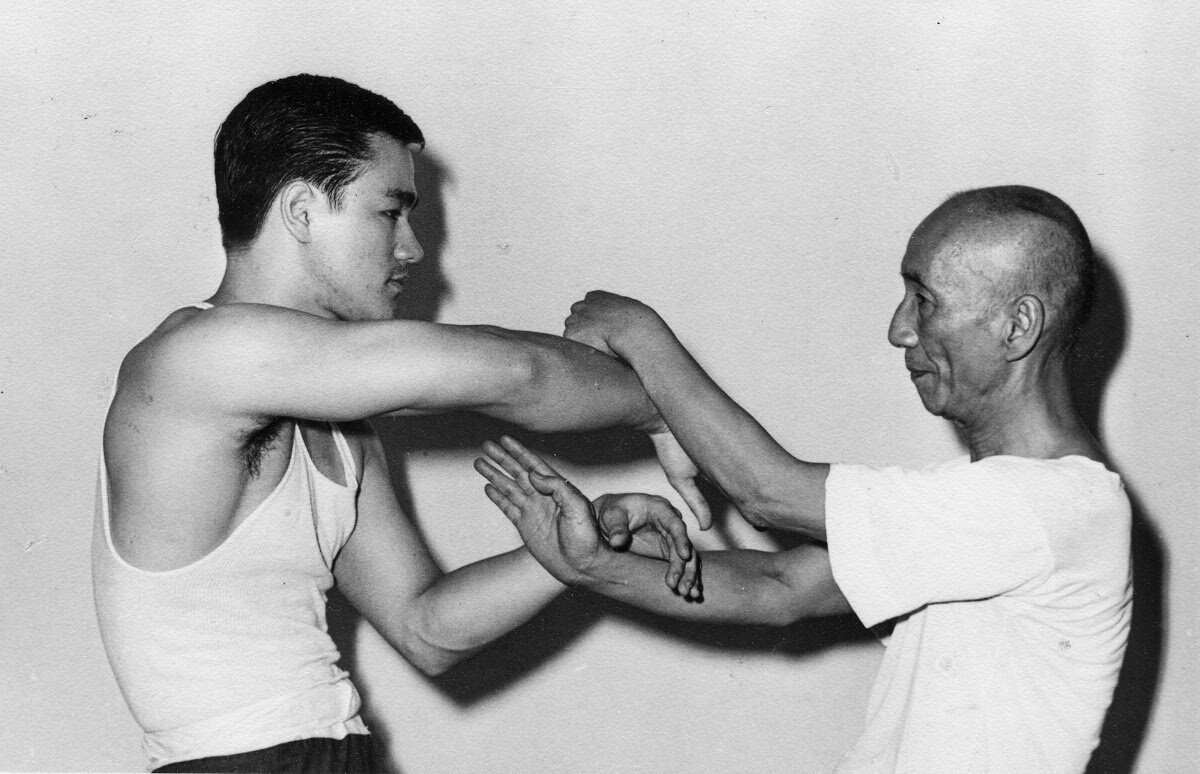


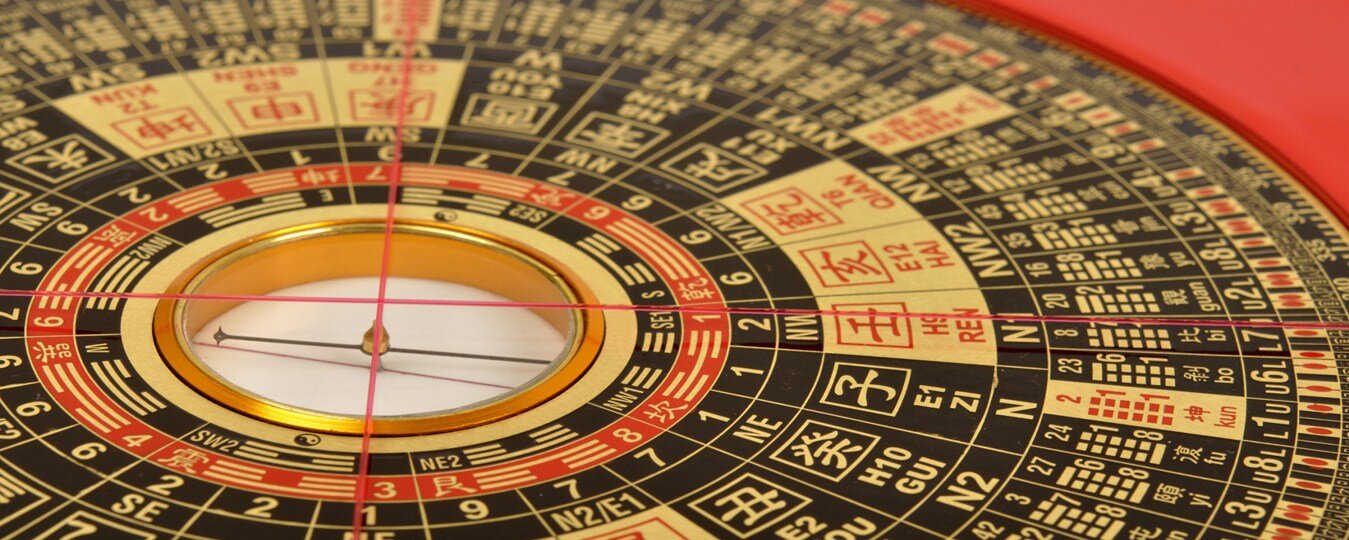
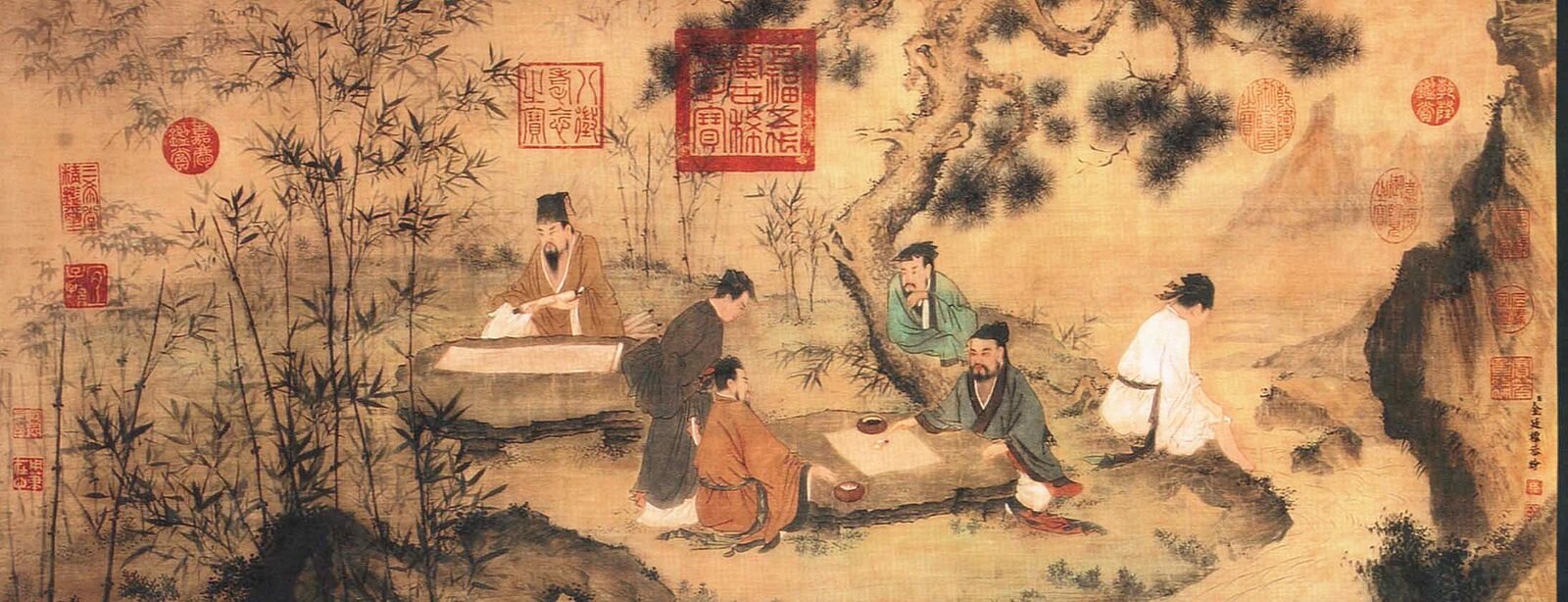
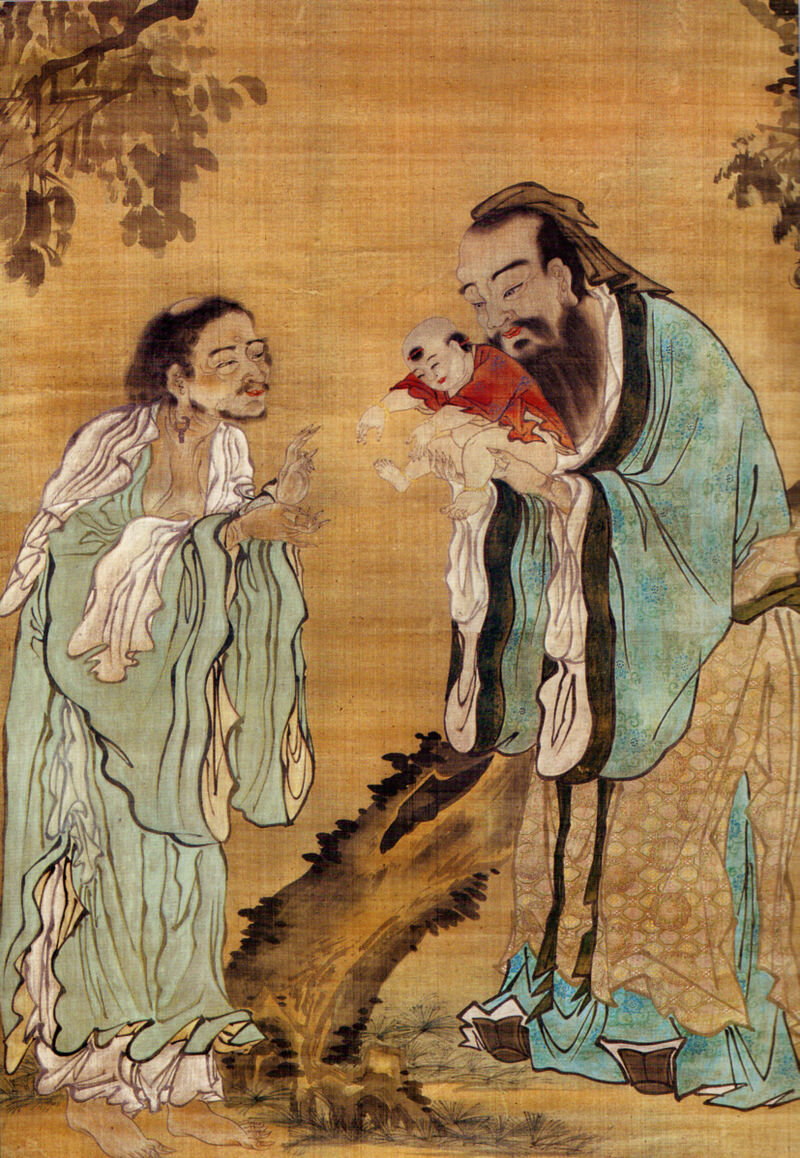
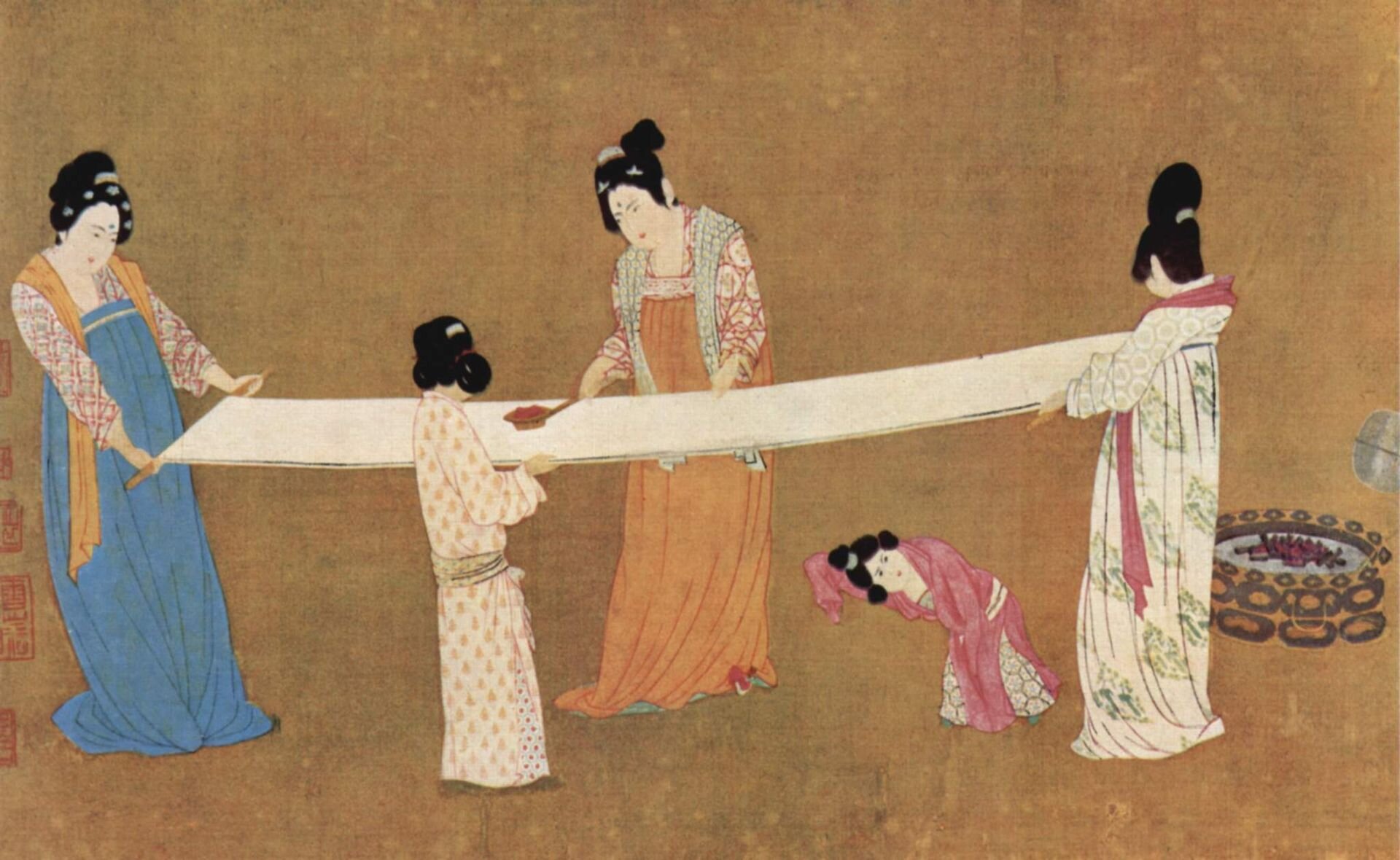
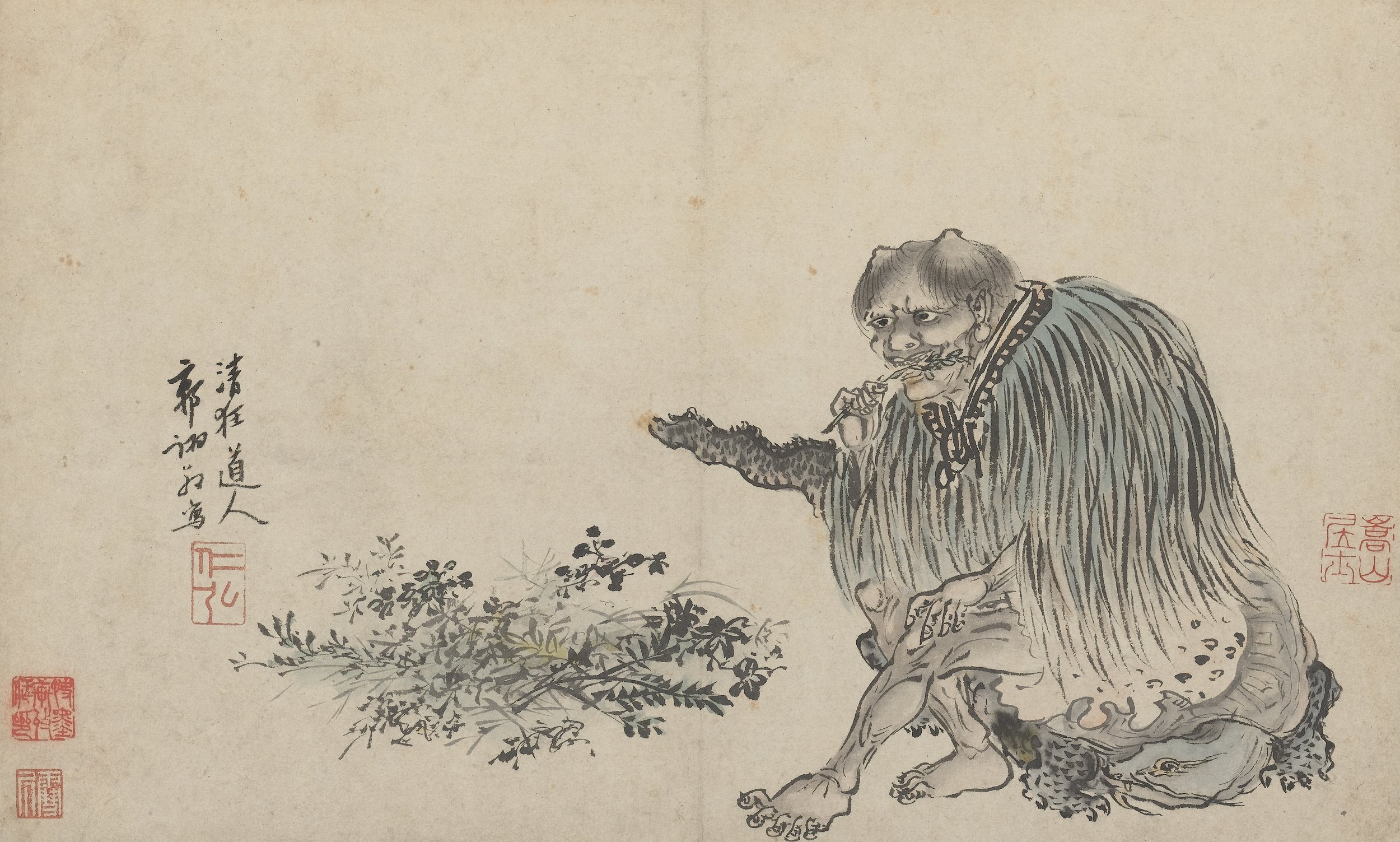
In this episode, we start a new series that looks at the history of Chinese Medicine or TCM.